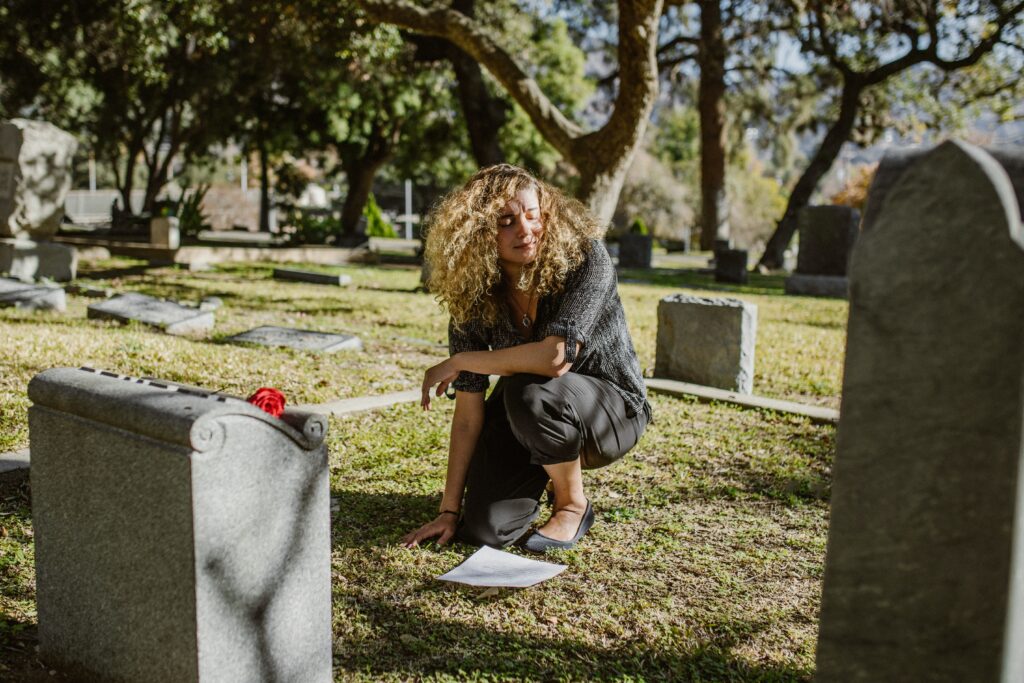
What is suicide:
The act of intentionally causing one’s own death / intentionally killing oneself.
Our mental health can be extremely vulnerable during university because most mental health problems develop by the age of 24. And it’s very imperative to note that suicide is not a mental health problem itself. However, it is linked with acute mental distress which then increases the risk of suicide.
Among university students, suicides are of great concern. To put this in perspective, between July 2016 – July 2017, 95 suicides were recorded among higher education students in England and Wales which is the equivalent of 1 student death every four days. Every student suicide is a tragedy and actions should be taken to prevent this from happening.
Did you know:
- More male students die by suicide – this could be due to toxic masculinity, not seeking help, or being misdiagnosed, amongst many other reasons.
- Approximately 1/3 of people who end their lives by suicide have not been in contact with health services in the year before their death (NCISH, 2014)
- Approximately 1/3 of people who end their lives by suicide are in contact with their GP preceding their death but are not receiving specialist mental health services.
- Approximately 1/3 of people who end their lives by suicide are under the care of specialist Mental Health services (NCISH, 2016)
Although suicide is a major issue for society and a leading cause of years of life lost, Suicides are NOT inevitable. There are many ways in which services, communities, individuals, and society can help to prevent suicides.
“Suicides are preventable and every life matters”
So, what’s your point? Well…my rationale for trying to explain suicide is this, understanding suicide better can give others more confidence so they can start conversations that might be helpful for other people and assist them to find support.
Warning signs of suicide in Black students can include:
- Having a negative view of self
- Sense of hopelessness
- Having no hope for the future
- Feeling alone and Isolated
- Making suicide threats
- Giving away things/belongings
- Aggressiveness/irritability
- Possessing lethal means
- Having suicidal thoughts
- Making own funeral arrangements
- Self-harm – cutting behaviors
- Frequently talking about death
- Feeling like a burden to others
- Drastic changes in mood
- Substance misuse
- Isolation
- Sudden recovery
What’s interesting about “sudden recovery” as a warning sign is that people do not just recover suddenly, so this is a warning sign. It could mean that they are at peace now that they know what they are going to do in terms of taking their own life.
The warning signs list is exhaustive and not limited to the above and just because someone has one, some, many, or none of these signs doesn’t automatically mean that they are thinking about taking their own life.
“If you are worried or concerned about a friend or someone else, please Ask, asking does not increase the risk or plant ideas in their mind”.
Tips to help someone else
- Find somewhere quiet to speak to them but ensure that there are colleagues nearby in case you need to get support.
- Listen to and acknowledge the person without judging
- Don’t avoid asking about risk if you think there is one
- Make it clear to them that you may have to report risk if the level of concern is high enough and that this is about keeping them safe.
What if I say the wrong thing?
It is very hard to get it wrong if you think about the way you listen to someone.
If you listen well then you will communicate care and concern and respect. You may not always feel that you know all the right words, but it is unlikely that you will make things worse.
What doesn’t help
- Not taking them seriously
- Overly analyzing motives
- Showing shock
- Minimizing feelings of distress
- Using guilt to convince them not to do it
- Keeping secrets about suicidal thoughts.
If you believe someone’s life is at risk, then please act. For example, if someone was having a heart attack or choking and their life was at risk, we would act to save their life. This might mean informing others when the person is not happy about that.
Possible contributory factors:
- Some groups are at a higher risk of suicide – young and middle-aged men, people in the care of mental health services, including inpatients, people with a history of self-harm, people in contact with the criminal justice system, and specific groups, such as student doctors, nurses, and art students.
- Black people and other minoritized people – challenges such as racism, stigma, and inequalities can affect the mental health of people from minoritized communities
- Loss or fear of loss
- Hopelessness
- Chronic pain and illness
- Feeling like a burden to others
- Traumatic stress
- Social isolation
- Trauma or abuse or guilt
- Substance misuse
- Depression
The effects of Suicide:
- Trauma to those who discovered the body (Relatives, Friends, Train/tube/tram/ bus drivers, Police, Mental Health nurses)
- Guilt suffered by those left behind – How did I not see this coming? It’s my fault etc
- For every person who ends their life by suicide, a “minimum of six people will suffer a severe impact”
- Those bereaved by suicide are themselves at greater risk of suicide.
SUPPORT
If you need or think someone may need support:
Click Here for all the Helplines and support services
Click Here for some self-help Tips
.
Speak to your University – They provide free mental health support to students.
Click Here to find support services provided by your university in England and Wales
Speak to the Mental Health Advisor at your University. Alternatively, visit the UMHAN website.
Seek help via NHS

